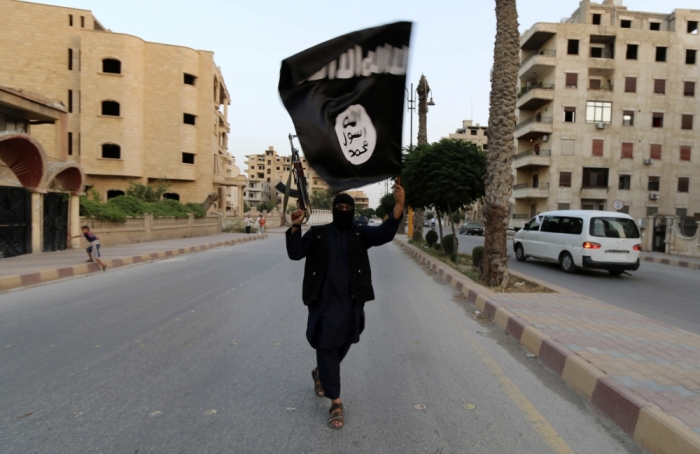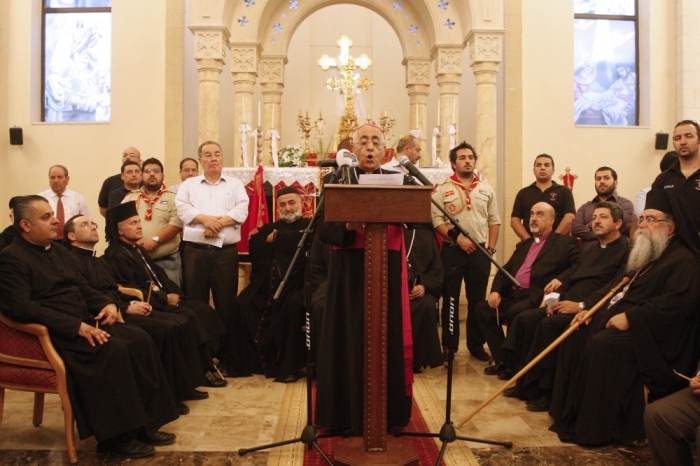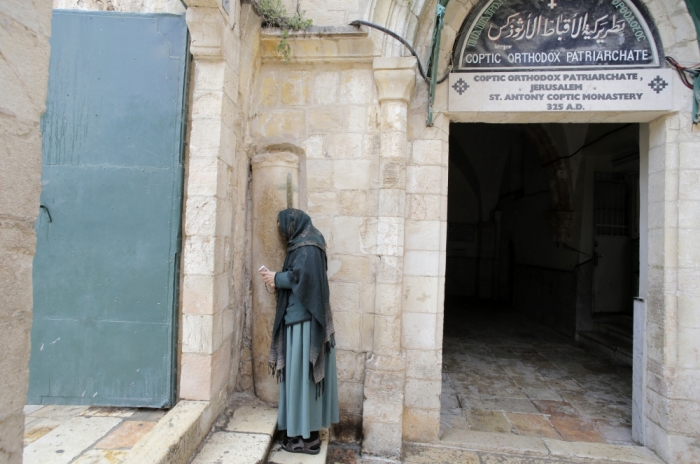5 Middle East Churches That Could Cease to Exist If ISIS Influence Continues to Spread

There are Christian churches throughout the Middle East that trace their roots back to the time of the apostles that could cease to exist if Islamic State and other radical Muslim groups continue to gain control of more territory in the region.
Author George J. Marlin, who is also chairman of the Board of Aid to the Church in Need USA, recently released a book titled Christian Persecutions in the Middle East, which not only discusses the growing threat to believers in the region, but also provides the history of many of the churches that have existed in the Middle East since the time of the apostles that could now be facing extinction at the hands of Muslim extremists.
Listed below are five of those churches.

1. The Syrian Orthodox Church
The Syrian Orthodox Church came into its modern formation when Syrian Christians rejected decrees made by the Eastern Orthodox, Catholic, and Western Christian Churches at the Council of Chalcedon in A.D. 451. The Council acknowledged that Christ has two natures, divine and human, which come together in one person.

In an attempt to hold onto their beliefs about Christ, which state that He is one nature of full humanity and full divinity, Syrian Christians regrouped under their own bishops and broke away from the established church.
The Syrian Orthodox Church traces its origins back to the church of Antioch found in the New Testament and considers St. Paul its first Bishop. The head of the Syrian Orthodox Church today is known as the "Patriarch of the God-protected City of Antioch and of all the Domain of the Apostolic Throne." He is elected by fellow bishops and must be celibate. The patriarch resides in Damascus and the church has archdioceses in Syria, Lebanon, Iraq, Turkey, Jordan, Israel, the United Arab Emirates and Palestine.
Today, the Syrian Orthodox Church has 5 million members worldwide.

2. The Coptic Orthodox Church
The Coptic Orthodox Church — Coptic meaning Egyptian — traces its roots back to A.D. 42 when St. Mark the Apostle first brought Christianity to Egypt. Monophysitism, the belief that Christ has a single divine nature, first took root in Egypt and was embraced by the head of the church and patriarch of Alexandria, Dioscorus.

His teachings were condemned by the Council of Chalcedon, leaving many Egyptian believers separated from Catholic and other Orthodox churches.
The Coptic Orthodox church continues to be operated today under the leadership of its patriarch, formally known as "The Most Holy Father and Patriarch of the great city of Alexandria and of all Egypt, of Nubia, Ethiopia and the Pentapolis, and of all places where St. Mark preached." He is elected by the church's bishops and must be celibate, abstain from meat and fish for life, and be over 50 years old.
The church's membership has eroded significantly since the conquest of Egypt by Muslim Arabs in A.D. 640 and Coptic Orthodox Christians are now a persecuted minority in the region.





























